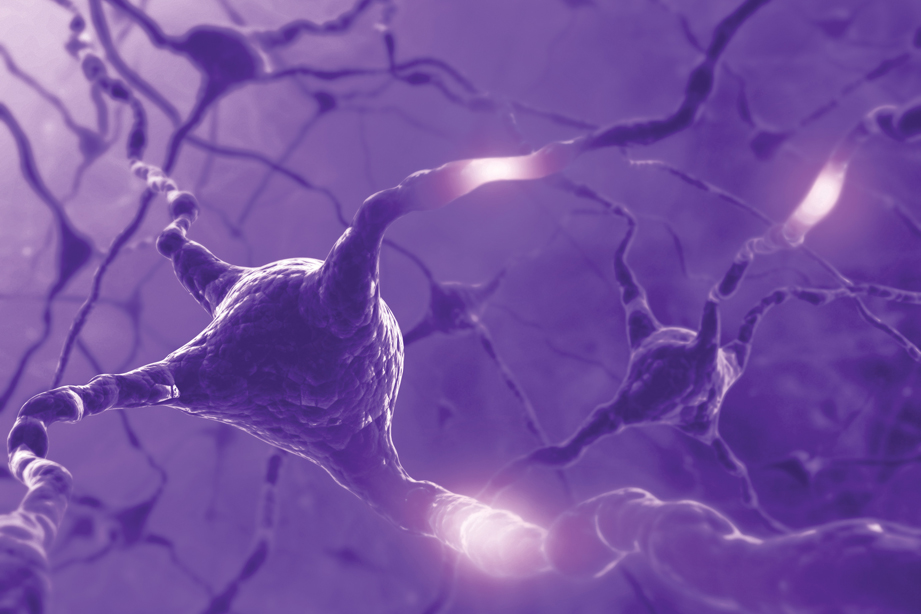Neuroimaging and the Effects of Alcohol on the Brain
Project Category: Projects – Cycle I
July 21, 2015

Challenge
Children with Fetal Alcohol Spectrum Disorder (FASD) exhibit a wide variety of brain abnormalities. These abnormalities include a small head and brain relative to body size, an underdeveloped cerebellum, and thinning of the corpus callosum. However, children with FASD display have such a wide range of brain anomalies that the exact relationship between structural changes in the brain and the resulting cognitive, behavioural and emotional deficits are not well defined.
Project Summary
The research team conducted brain scans on children with FASD and age and sex-matched controls at MRI facilities in Edmonton, Calgary, Winnipeg, and Kingston. Neuroimaging was used to assess many factors, including cortical thickness, brain volumes, white matter tracts, and myelin content. The same children underwent a battery of neurobehavioural and cognitive tests.
The objective of this project was to use neuroimaging, specifically MRI, to gain a more in-depth understanding of the brain injury associated with prenatal alcohol exposure that underlies FASD. The long-term goal was to define the wide range of underlying brain injuries that result from prenatal alcohol exposure, and how these neuroimaging parameters (for example, cortical thickness) correlate to specific neurobehaviors. Another goal was to attempt to identify an MRI phenotype for FASD (i.e. to use MRI to differentiate the brain of an individual with FASD from a typically developing brain), which could aid diagnosis in the future.
Result
The multi-site study analyzed MRI scans and neurobehavioural outcomes in 157 participants (ages 6-16 years old) and identified several alterations in brain structure that distinguish individuals prenatally exposed to alcohol versus controls, including reduced cortical thickness, reduced volume in many parts of the brain, and decreases in the white matter tracts that interconnect regions of the brain. Many of these structural brain abnormalities were found to correlate directly with neurobehavioural and cognitive deficits in children with FASD.
The team also used neuroimaging to examine how factors such as age and sex influence differences in the brain among people prenatally exposed to alcohol.
Team
Investigators
Christian Beaulieu, University of Alberta
James Reynolds, Queen’s University
Carmen Rasmussen, University of Alberta
Collaborators
Gail Andrew, University of Alberta
Ana Hanlon-Dearman, University of Manitoba
Sterling Clarren, University of British Columbia